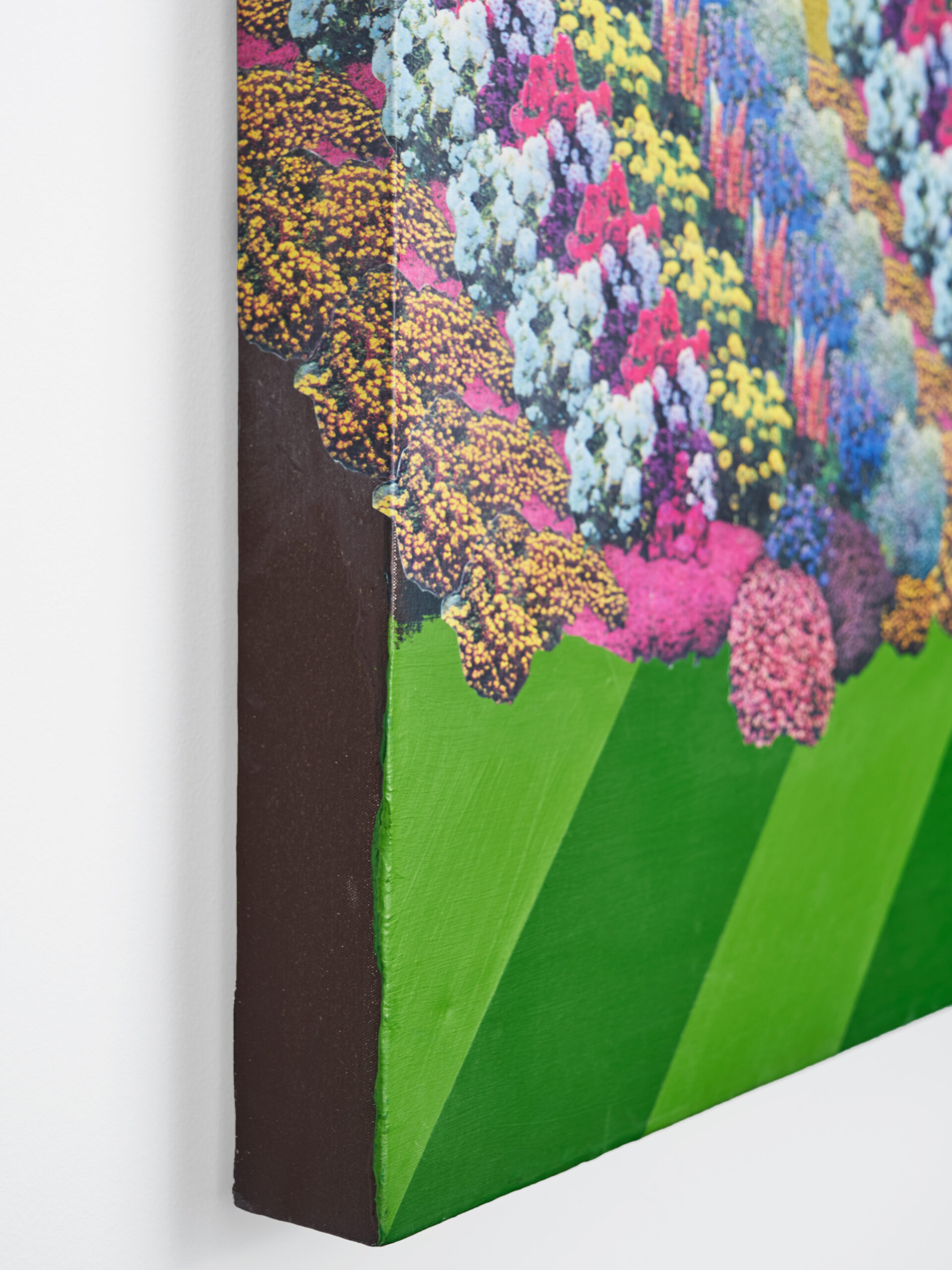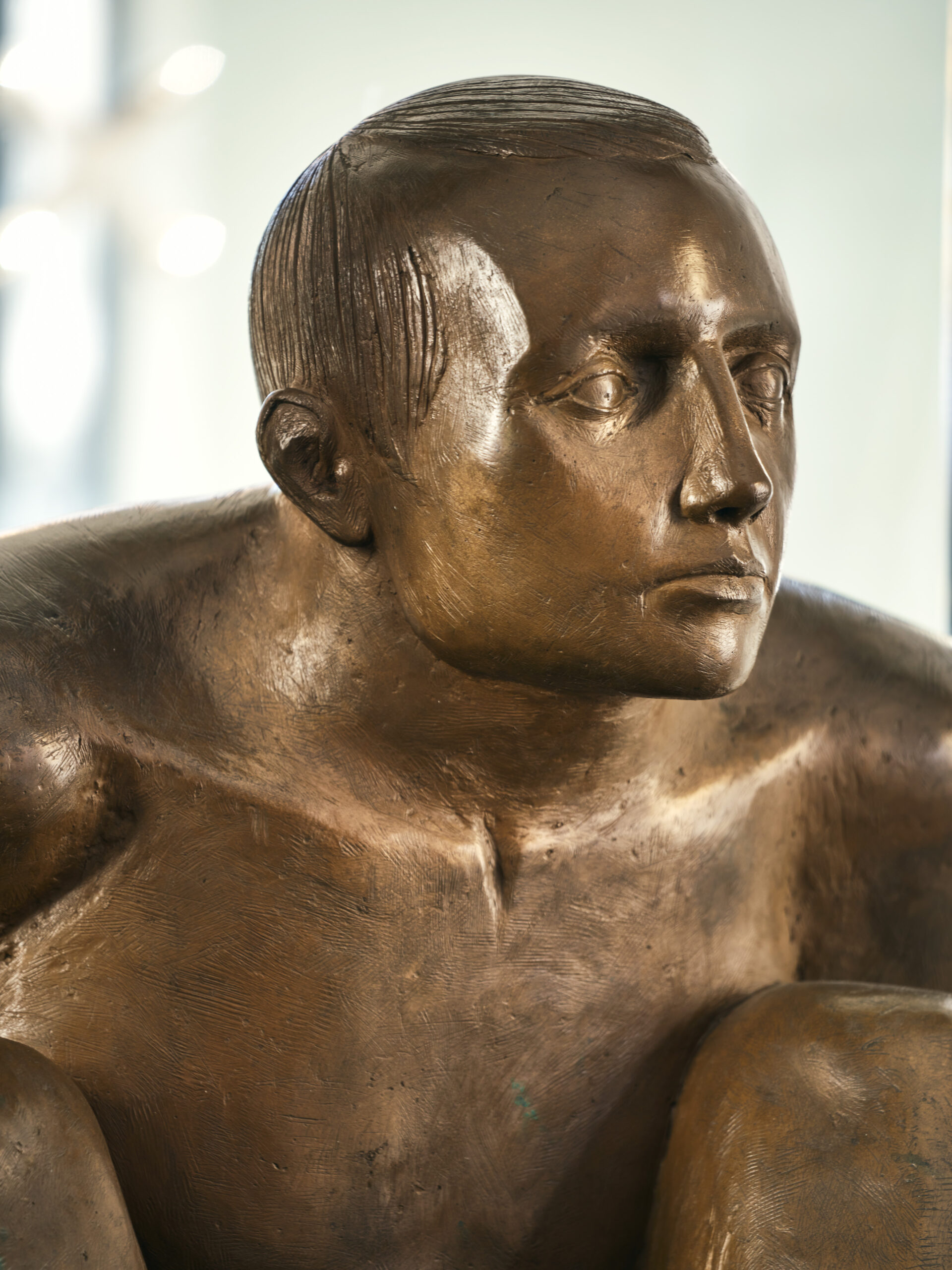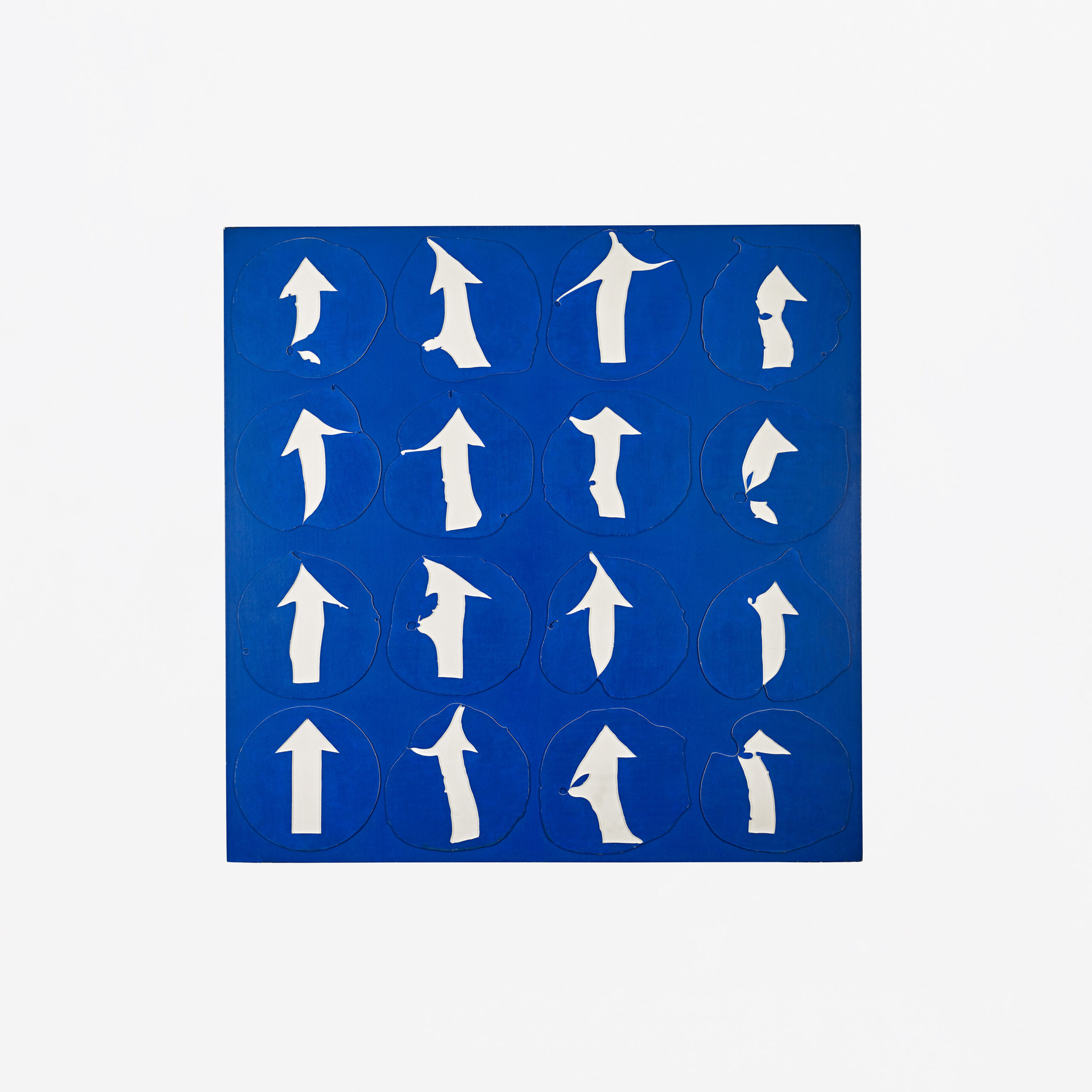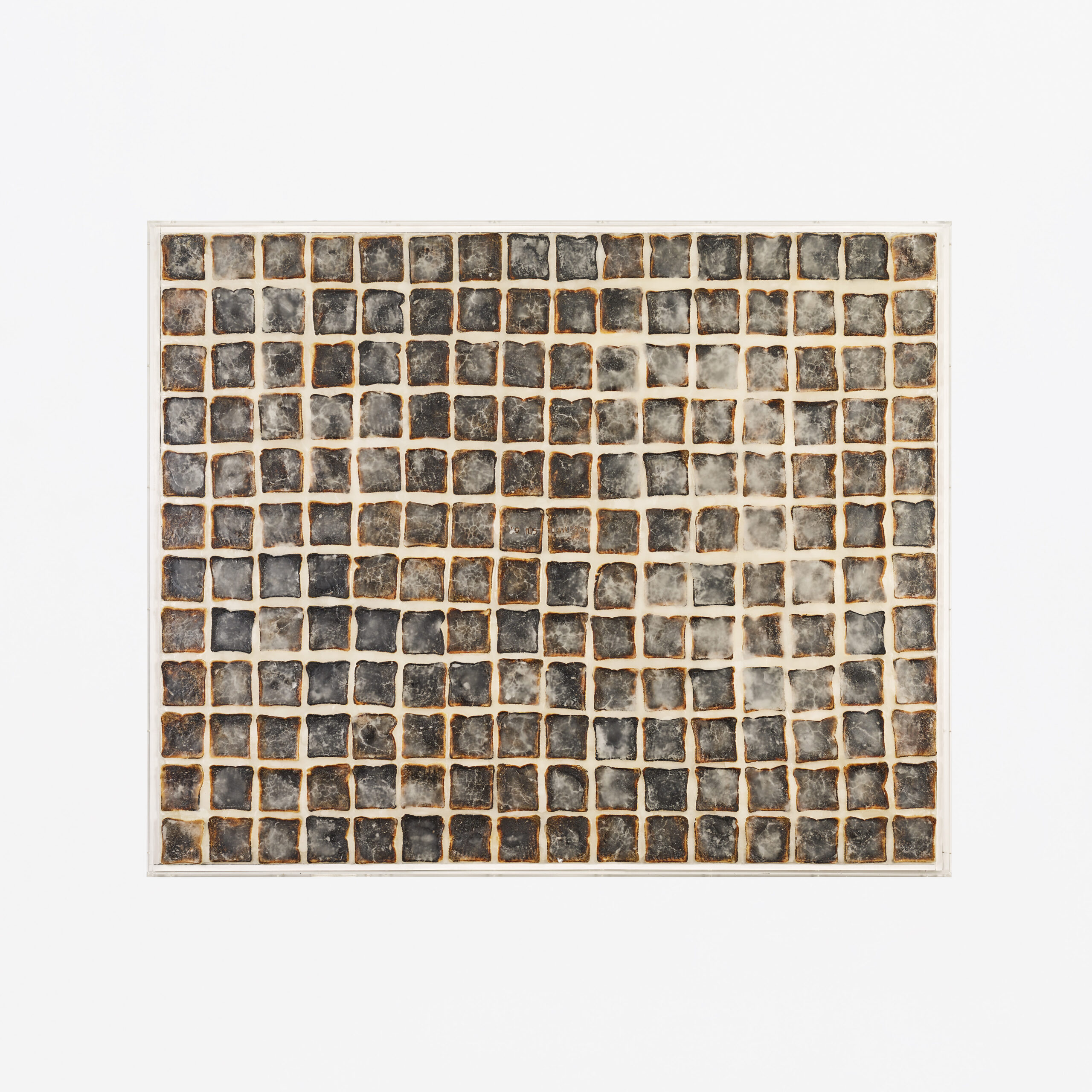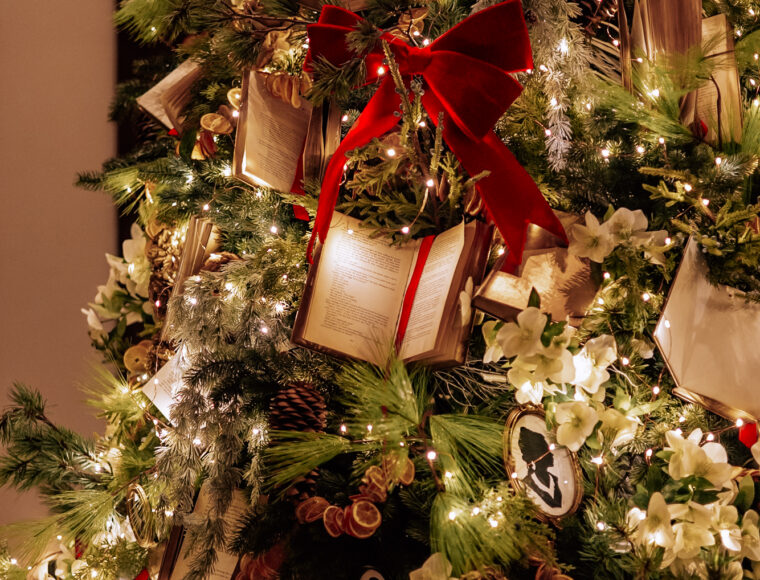Say hello to Spencer and Lizzie at the entrance. Admire The Boatman at the helm of the Lobby Bar. Marvel at the carved limestone head of Dionysus in reception. These distinctive pieces are part of our 400-strong private collection of contemporary art and sculpture.
Art is an integral part of the hotel’s interiors, with original pieces in every room and suite. Our larger sculptural pieces are proudly on display throughout the public spaces and are known and loved by our regular guests. The collection has evolved over our lifetime this far, and continues to grow, featuring works from British and international rising stars, as well as more established artists.
Have a glimpse at some of the collection highlights




